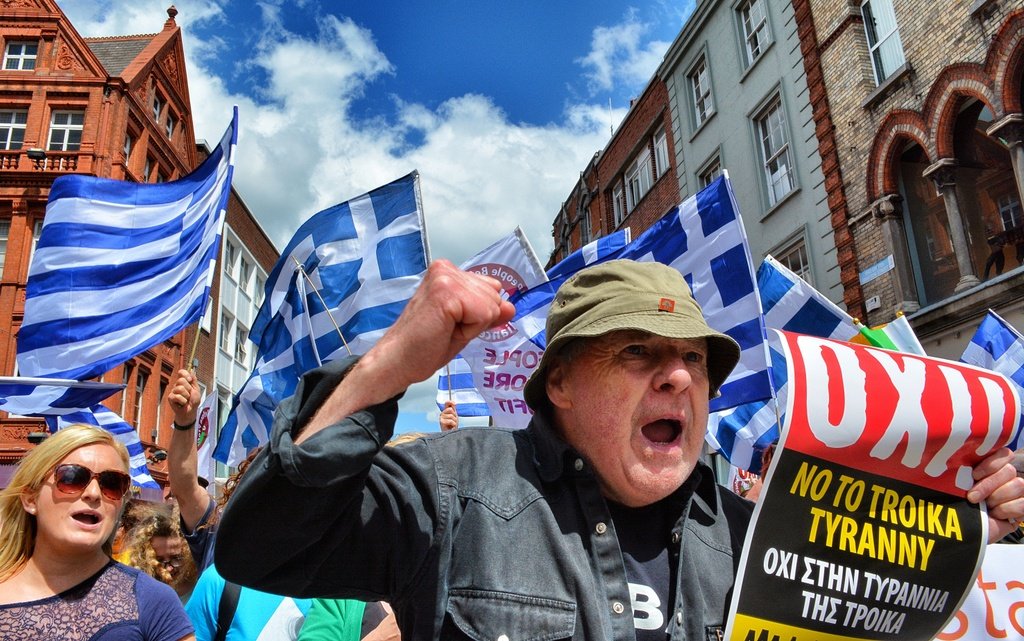
Greece has successfully completed a three-year eurozone emergency loan program worth €61.9 billion ($70.8 billion) to tackle its debt crisis.
It was part of the biggest bailout in global financial history, totaling some €289 billion, which will take the country decades to repay.
Deeply unpopular cuts to public spending, a condition of the bailout, are set to continue.
However, for the first time in eight years, Greece can borrow at market rates.
Greece Bailout: Eurozone Ministers Agree to Release Latest Tranche
Greece Bailout: IMF and EU Reach Common Position on How to Proceed
Greece’s economy has grown slowly in recent years and is still 25% smaller than when the crisis began.
The EU’s Commissioner on Economic and Financial Affairs, Pierre Moscovici, said: “From today, Greece will be treated like any other Europe area country.”
Greece’s reforms had, Pierre Moscovici said, “laid the foundation for a sustainable recovery” but he also cautioned that its recovery was “not an event, it is a process”.
According to the International Monetary Fund (IMF), only four countries have shrunk economically more than Greece in the past decade: Yemen, Libya, Venezuela and Equatorial Guinea.
